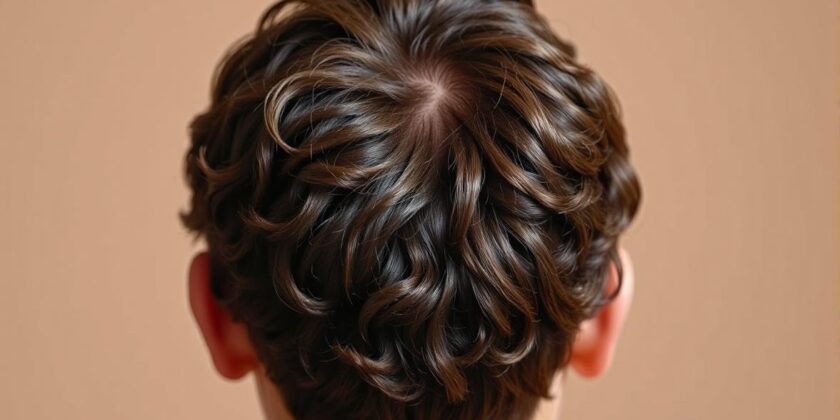A Full Guide to Diagnosing and Managing Hair and Scalp Conditions
Featured Snippet: What Are Hair and Scalp Conditions?
Hair and scalp conditions include issues like dandruff, hair loss, psoriasis, and fungal infections. Diagnosing involves identifying symptoms such as itching or thinning hair, while management includes medical treatments, lifestyle changes, and proper hair care routines.
Dealing with hair and scalp conditions can be frustrating, whether it’s persistent dandruff, excessive hair loss, or an itchy scalp. This guide provides a comprehensive overview of diagnosing and managing hair and scalp conditions, helping you achieve healthier hair and scalp. With insights from dermatologists and trusted sources, we’ll explore causes, symptoms, and effective solutions.
Understanding Hair and Scalp Conditions
Hair and scalp conditions affect millions worldwide, impacting confidence and comfort. These issues range from mild irritations to chronic disorders requiring medical attention. Common conditions include dandruff, seborrheic dermatitis, alopecia, and scalp psoriasis. Recognizing symptoms early is key to effective management.
Common Types of Hair and Scalp Conditions
- Dandruff: Flaky, itchy scalp caused by overactive oil glands or yeast overgrowth.
- Alopecia: Hair loss, often linked to genetics, stress, or autoimmune disorders.
- Scalp Psoriasis: Red, scaly patches due to an overactive immune system.
- Fungal Infections: Conditions like ringworm, causing itchiness and hair loss.
Diagnosing Hair and Scalp Conditions
Accurate diagnosis is crucial for effective treatment. Diagnosing hair and scalp conditions often involves a combination of visual inspection, medical history, and, in some cases, specialized tests. Consulting a dermatologist ensures precise identification of the issue.
Steps in Diagnosis
- Visual Examination: A dermatologist checks for redness, scaling, or hair thinning.
- Medical History: Discussing stress, diet, or family history of hair loss.
- Tests: Scalp biopsies or blood tests to rule out underlying conditions like thyroid issues.
According to the American Academy of Dermatology, early diagnosis improves outcomes for conditions like alopecia.
Managing Hair and Scalp Conditions
Once diagnosed, managing hair and scalp conditions involves tailored treatments and lifestyle adjustments. From medicated shampoos to stress management, the right approach can restore scalp health and promote hair growth.
Effective Management Strategies
- Medicated Treatments: Use shampoos with ketoconazole or salicylic acid for dandruff and psoriasis.
- Topical Solutions: Minoxidil for hair regrowth in alopecia cases.
- Diet and Lifestyle: Incorporate zinc, biotin, and omega-3s to support hair health.
- Proper Hair Care: Avoid harsh chemicals and heat styling to prevent further damage.
Internal link: Learn more about essential hair care routines to complement treatment.
Preventing Hair and Scalp Issues
Prevention is better than cure. Regular scalp care, a balanced diet, and stress reduction can minimize the risk of developing hair and scalp conditions. Avoid over-washing or using aggressive products that strip natural oils.
Tips for Prevention
- Wash hair 2–3 times weekly with sulfate-free shampoos.
- Stay hydrated and maintain a nutrient-rich diet.
- Protect your scalp from sun exposure with hats or UV-protectant sprays.
FAQ: Hair and Scalp Conditions
1. What causes hair and scalp conditions?
Causes include genetics, hormonal changes, stress, poor diet, or infections like fungi.
2. Can stress lead to hair loss?
Yes, stress can trigger conditions like telogen effluvium, causing temporary hair shedding.
3. How often should I see a dermatologist for scalp issues?
Visit a dermatologist if symptoms persist beyond a few weeks or worsen.
4. Are over-the-counter treatments effective?
OTC treatments like medicated shampoos can help mild cases but consult a doctor for severe issues.
5. Can diet improve hair health?
A diet rich in vitamins like biotin and minerals like zinc supports healthy hair growth.
Conclusion
Diagnosing and managing hair and scalp conditions requires understanding symptoms, seeking professional help, and adopting effective treatments. By addressing issues early and following expert advice, you can achieve a healthier scalp and stronger hair. For persistent problems, consult a dermatologist to create a personalized plan. Take the first step toward healthier hair today!
Call to Action: Ready to tackle your hair and scalp conditions? Schedule a consultation with a dermatologist or explore our recommended hair care products to start your journey to healthier hair!



